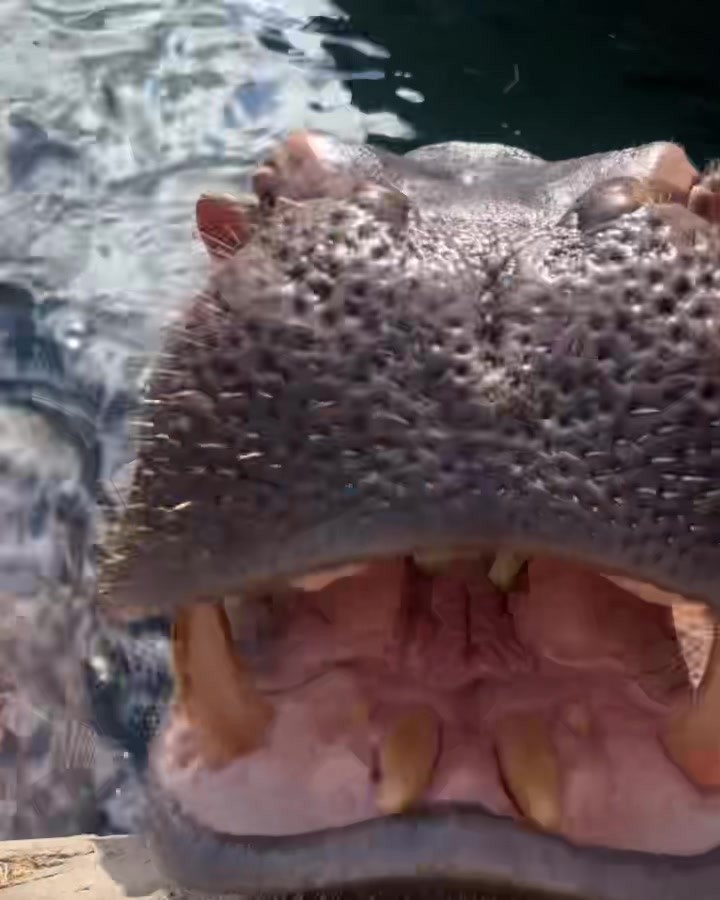– Exploring the behavioral significance of ear wiggling in animals, focusing on Fiona and Fritz as examples.
– Investigating the role of snack time in animal nutrition and training in zoos and how it contributes to animal welfare.
– The importance of zoo management and wildlife conservation in the context of captive animal care for species like Fiona and Fritz.
– Understanding the public’s role in animal conservation through engagement with animals in controlled environments.
Ear wiggles and snack time may seem like purely adorable aspects of animal behavior, particularly when considering the charming antics of Fiona and Fritz. These behaviors, however, provide valuable insights into the complex lives of animals and are a critical component of their care in captive settings. This article will delve into the significance of these behaviors and their implications for zoo management and wildlife conservation.
Ear wiggling in animals can be much more than a cute reaction. In many species, it serves many purposes, from communication to thermoregulation. In elephants, for example, ear flapping is a way to cool down on hot days due to the large blood vessels running through their ears. Regarding smaller animals like Fiona and Fritz, ear movements can indicate a range of emotions or responses, from curiosity and excitement to agitation.
Observing ear wiggling in controlled environments, such as zoos or wildlife sanctuaries, allows researchers to learn more about animal behavior and communication. These observations are essential for developing enriched environments that cater to the animals’ physical and psychological needs, thus enhancing their overall well-being.
Snack time is another critical aspect for captive animals. In the wild, animals must forage and hunt, which takes up a significant portion of their day. In captivity, providing meals is not enough; it’s essential to simulate natural behaviors. Feeding time can stimulate mental and physical activity, promoting natural foraging behaviors that occupy the animals’ time and satisfy their instinctual needs. Moreover, careful nutritional planning ensures animals receive a balanced diet suited to their unique physiological requirements.
For animals like Fiona and Fritz, snack time can also be integral to their training routines. Positive reinforcement through treats can encourage them to participate willingly in their care, making medical check-ups and routine management less stressful for the animals and their handlers.
Managing institutions like zoos or sanctuaries involves not just the animals’ day-to-day care but also plays a pivotal role in conservation and education. By fostering a better understanding of animals and their behaviors, zoos can create connections between the public and wildlife, potentially inspiring conservation action. The management practices adopted can also have implications for captive breeding programs’ genetic diversity and health, impacting the broader goal of preserving endangered species.
The public’s engagement with animals during ear-wiggling events and snack time may seem like leisurely entertainment, but it serves an essential educational function. Through these interactions, visitors better appreciate animal behavior, welfare, and the challenges facing these creatures in the wild. Watching an animal like Fiona or Fritz enjoy a snack can raise awareness about species conservation and the habitats they require to thrive.
To create an environment conducive to learning and engagement, zoos must balance entertainment with education, ensuring that every encounter with the animals promotes a message of stewardship and respect for nature. High-quality care and robust conservation messaging allow zoos to be at the forefront of conservation efforts, bridging the gap between humans and the natural world.
In considering the care of animals like Fiona and Fritz, it is vital to recognize that every aspect – from ear wiggles to snack time – serves a greater purpose in wildlife conservation. These practices are not only a means to sustain the animals’ physical health but also to nurture their psychological well-being, ensure genetic diversity, and foster public support for wildlife conservation. Ear wiggles and snack time with animals give us a window into their world, helping to piece together the puzzle of animal behavior and how we can best contribute to their preservation.
*****
Source Description
Ear wiggles and snack time with Fiona and Fritz!

